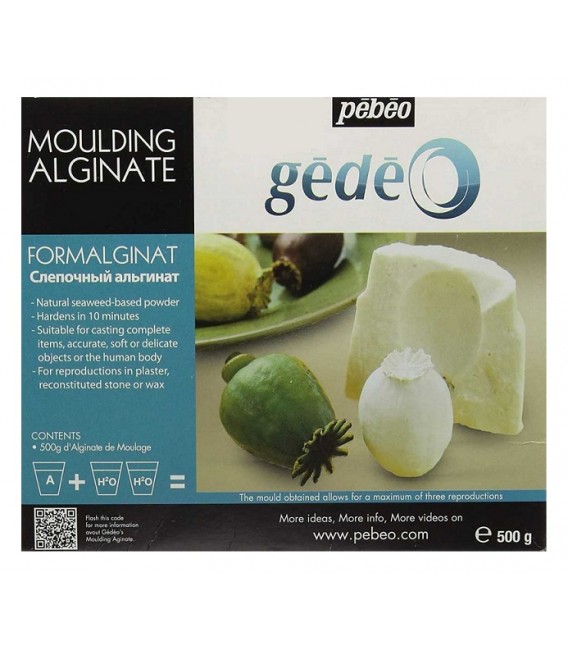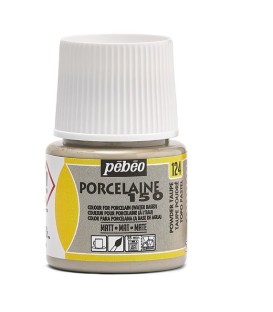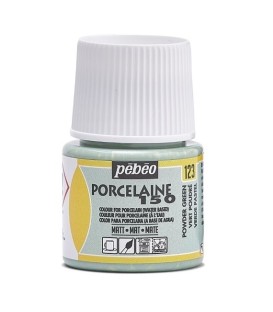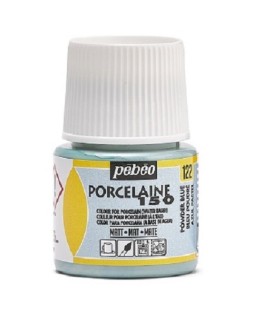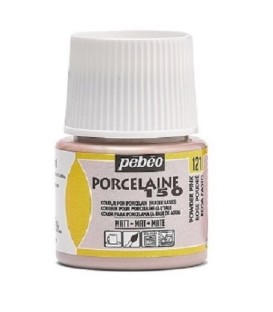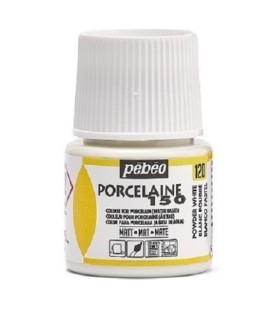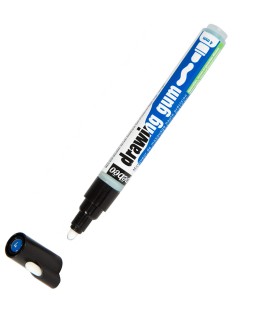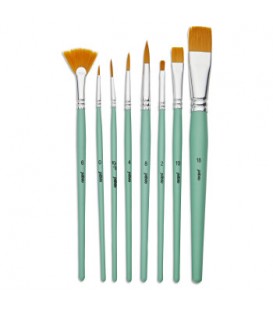Natural seaweed-based powder. For casting large, soft or delicate items or human body parts. For experienced and amateur adult users
Choose a pattern (size and thickness) according to your decorative idea.
Set up in a dry, ventilated and temperate area, on a horizontal and level work surface.
Evaluate the total quantity of product to be poured: measure the necessary volume by filling the chosen pattern with water and then pour into a measuring cup.
Prepare the chosen product according to the user's guide.
Pour the product into the clean and dry mold.
Allow to dry according to the time indicated in the user's guide of the chosen product. (Setting is progressive and variable depending on the ambient temperature).
Remove from mold.
Attach the subject to be molded to the bottom of the glass with a small piece of modeling clay.
Make sure the subject does not touch the sides. In a container, pour one volume of alginate, which is half of the form. Pour two volumes of water onto the powder and mix actively for one minute. The formation of any lumps will not hinder the making of your mold.
Pour the preparation on the object.
Wait 5 to 10 minutes for the preparation to set: it remains flexible but must be frozen like a jelly.
Slide a knife between the wall of the glass and the mold to create a draft. Take the alginate mold out of its box and remove the piece of modeling clay from the bottom. Cut the alginate mold lengthwise with a cutter, being careful not to damage the subject.
Pierce the bottom of the plastic glass with the cutter.
Place the two parts of the mold back together in the box. Turn the glass upside down with the hole in the bottom facing you.
Prepare and pour the plaster into the mold through the opening created by the modeling clay.
Wait half an hour for the plaster to dry, then remove the alginate mold from its casing again.
Separate the two parts and release the plaster print.
and it lightly with sandpaper if necessary.
By repeating the operation, you can reuse the mold for up to 3 prints.

